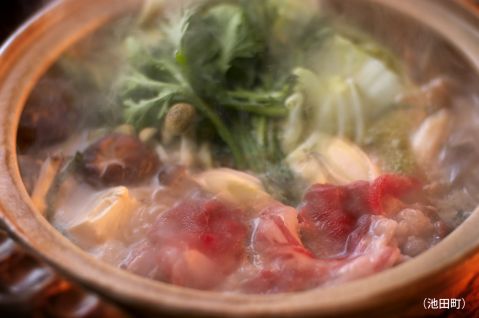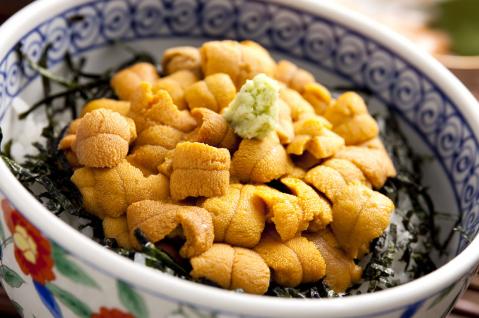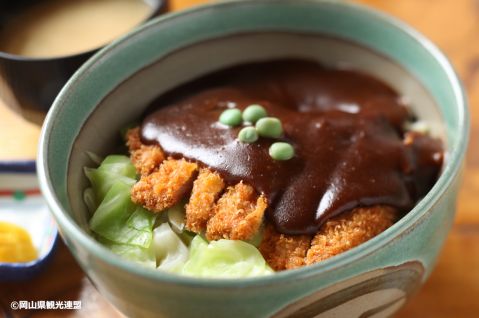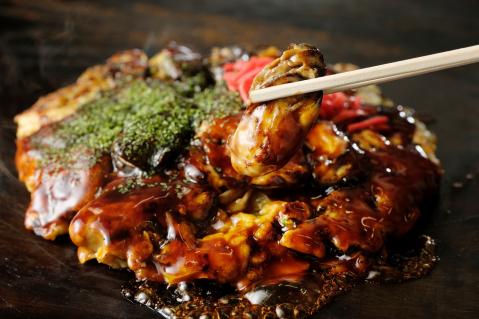Heshiko
A beloved local specialty and popular souvenir
About Heshiko
Heshiko (へしこ, Heshiko) is a traditional dish from the Wakasa region and the Echizen coastline. It is made by removing the innards of fish, salting them, and then fermenting them in rice bran, allowing the fish to be preserved for a long time without spoiling. Historically, heshiko was an essential source of protein to survive the harsh winters. This preservation technique dates back to the mid-Edo period and has become a cherished part of local culinary traditions.
The name "heshiko" has two potential origins. One theory suggests it comes from the term "heshikomu," used by fishermen to describe the act of packing fish into barrels. This was later shortened to "heshiko." Another theory proposes that the term evolved from "hishio," referring to the brine produced during the salting process. While it can be made with fish like sardines, squid, or blowfish, mackerel is the most commonly used fish for heshiko. Historically, seafood caught in Wakasa was transported to Kyoto via the Wakasa Kaido road, particularly salted mackerel, leading to the modern nickname for this route: "the Mackerel Highway."
In the Hokuriku region, people often enjoy "konka iwashi," a variation of heshiko made by fermenting sardines in rice bran.
Since it is a preserved food, heshiko can be enjoyed year-round. In the past, families made their own heshiko, which was used to prepare "narezushi," a fermented sushi considered an essential delicacy for celebrations like New Year's. Today, commercially produced heshiko is widely available.
To make heshiko, salted mackerel is fermented with rice bran and salt for about six months. It has a strong salty and savory flavor similar to smoked fish. This taste lends itself well to a variety of recipes: the bran is removed, and the fish is lightly grilled, added to ochazuke (rice with tea), paired with sake, used as a filling for rice balls or sushi toppings, or even incorporated into modern dishes like fried rice, pasta, and pizza as an alternative to anchovies. Fresh heshiko can even be enjoyed as sashimi.
Related videos
Reviews
There are no reviews yet.
Regional cuisine of Fukui region
Japanese Cuisine - Seafood
Kind of food
Recommended
-
![Kei-chan]()
Kei-chan
Gifu / >Meat dish -
![Yahata Gyoza]()
Yahata Gyoza
Fukuoka / >Local cuisine -
![Kombu-Jime]()
Kombu-Jime
Toyama / >Local cuisine -
![Okayama Demi-Katsu Don]()
Okayama Demi-Katsu Don
Okayama / >Don dish -
![Karukan]()
Karukan
Kagoshima / >Local cuisine -
![Chinatown Steamed Pork Buns]()
Chinatown Steamed Pork Buns
Kanagawa / >Local cuisine -
![Kumagaya Udon]()
Kumagaya Udon
Saitama / >Soba & Udon -
![Hinase Kaki-Oko (Oyster Okonomiyaki)]()
Hinase Kaki-Oko (Oyster Okonomiyaki)
Okayama / >Okonomiyaki & Takoyaki
























